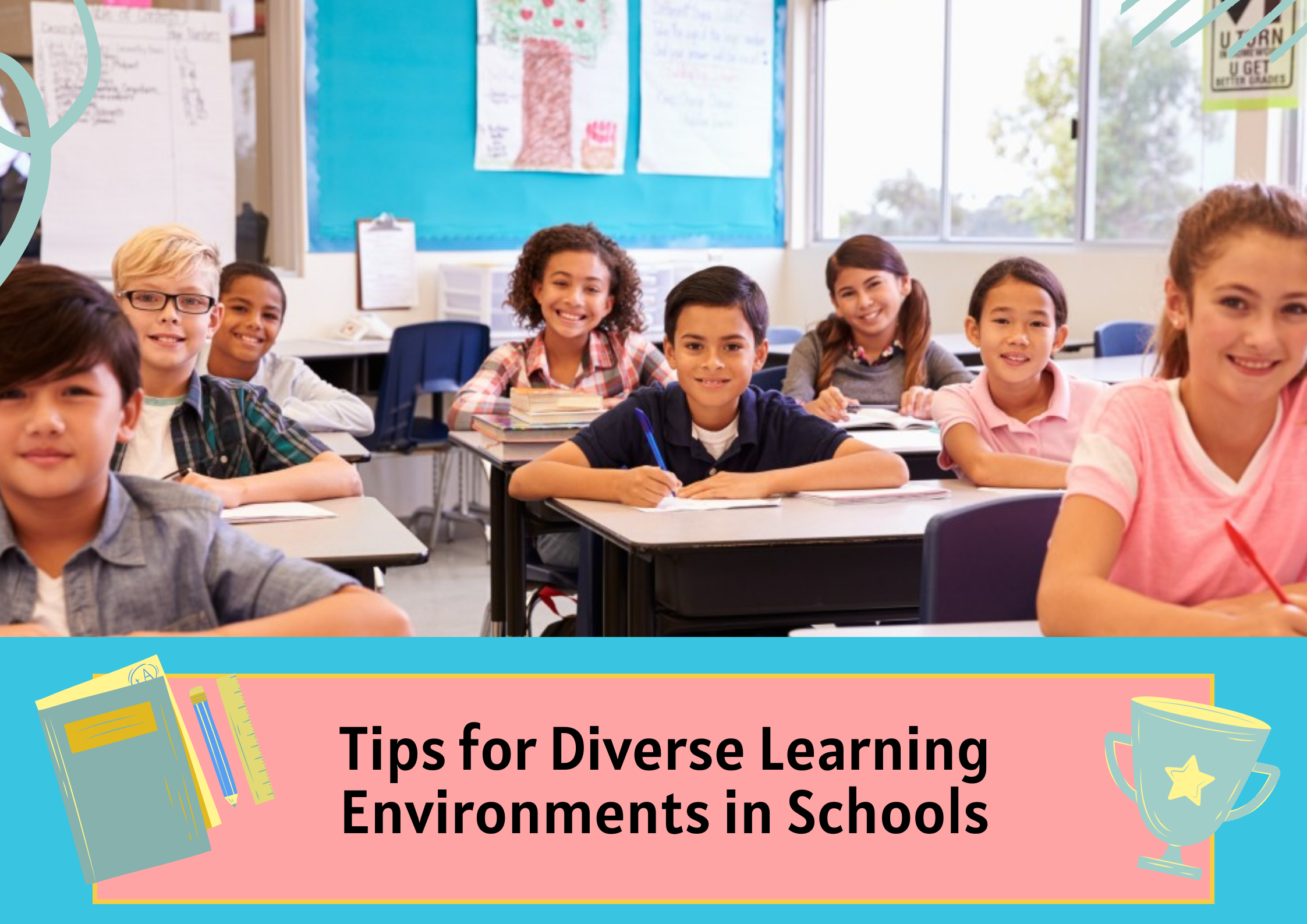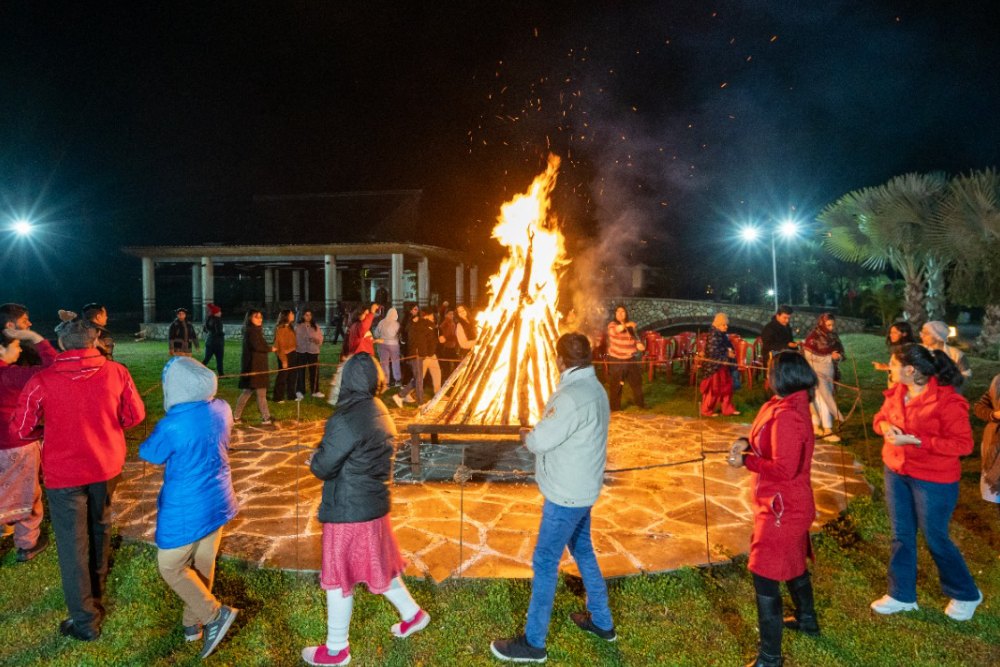In an era marked by globalization and cultural diversity in the school environment, fostering cross-cultural competence in schools has become paramount.
Recognizing the richness that diversity in the school environment brings to educational environments, this article explores the importance of cross-cultural competence and provides practical tips for creating inclusive and culturally aware learning spaces.
Understanding Cross-Cultural Competence in Diverse Learning Environment
Definition and Components
Cross-cultural competence encompasses three main components: cultural awareness, cultural knowledge, and cultural skills.
Cultural awareness involves recognizing and understanding one’s own cultural biases and those of others. Cultural knowledge refers to an understanding of different cultures, their histories, values, and traditions. Cultural skills involve the ability to communicate effectively and navigate social interactions across diverse cultural contexts.
Significance in Educational Settings
In educational settings, cross-cultural competence is not just a desirable trait but a necessity. It enhances communication between students and educators, fosters inclusive learning spaces, and prepares students for the globalized world they will navigate beyond the classroom.
Recognizing and Valuing Diversity in the School Environment
Celebrating Cultural Differences
Schools should actively celebrate cultural differences, fostering an environment where students feel proud of their heritage.
Cultural awareness programs can include events, presentations, and activities that showcase the diverse backgrounds of students and educators. Inclusive curriculum development ensures that learning materials reflect a variety of cultural perspectives.
Creating a Respectful Environment
To create a respectful environment, schools should encourage open dialogue that allows students to share their cultural experiences. Addressing stereotypes and biases through education and discussion helps break down preconceived notions, fostering a culture of respect and understanding.
Incorporating Multicultural Perspectives in Education
Diverse Literature and Texts
A crucial aspect of cross-cultural competence is incorporating diverse literature and texts into the curriculum. Inclusive reading lists featuring authors from various backgrounds give students a broader perspective. Representation in educational materials ensures that students see themselves reflected in their study content.
Intercultural Learning Activities
Intercultural learning activities, such as cultural exchange programs and collaborative projects, offer students hands-on experiences. These activities break down cultural barriers, promote teamwork, and provide practical insights into different ways of thinking and problem-solving.
Cultivating Cultural Sensitivity Among Educators
Professional Development on Cultural Competence
Educators play a central role in cultivating cross-cultural competence. Providing professional development opportunities, such as workshops and training sessions, equips teachers with the knowledge and skills needed to navigate diverse classrooms. Continuous education ensures that educators stay informed about evolving cultural dynamics.
Reflective Practices for Educators
Encouraging reflective practices among educators involves self-assessment of cultural competence. Educators should regularly reflect on their teaching methods, interactions with students, and the inclusivity of their curriculum. Incorporating feedback and actively seeking growth opportunities contribute to ongoing improvement.
Engaging Students in Cross-Cultural Experiences
International Exchange Programs
International exchange programs offer students the chance to experience different cultures firsthand. These programs promote cultural immersion, language acquisition, and the development of global perspectives. Virtual pen pals and collaborative projects facilitate connections between students across borders.
Cultural Events and Festivals
Organizing cultural events and festivals within schools provides a platform for students to showcase their cultural heritage. Such events promote a sense of pride and belonging among students from diverse backgrounds. Showcasing talents and traditions fosters a vibrant school community.
Building Inclusive Classroom Strategies
Flexible Teaching Methods
Inclusive classrooms employ flexible teaching methods that accommodate diverse learning styles. Teachers should adapt their curriculum to different learning approaches, ensuring that students from varied backgrounds can engage with the material effectively.
Collaborative Group Work
Collaborative group work is an effective strategy for building cross-cultural competence. Teachers can encourage diversity in the school environment in group formation, allowing students to work with peers from different cultural backgrounds. Facilitating intercultural communication skills is a key outcome of collaborative projects.
Creating a Safe Space for Cultural Expression
Cultural Clubs and Organizations
Establishing cultural clubs and organizations within schools provides students with a safe space for cultural expression. These student-led groups celebrate diversity in the school environment through activities, discussions, and events. They contribute to a sense of community and support among students from similar cultural backgrounds.
Art and Creative Expression
Incorporating art and creative expression into the curriculum allows students to showcase their cultural heritage. Whether through visual arts, music, or drama, students can express their identity and traditions. Integrating cultural performances into school events fosters an appreciation for diversity in the school environment.
Addressing Challenges and Conflicts
Open Communication Channels
Open communication channels are vital for addressing challenges related to cultural competence. Encouraging students and staff to report instances of cultural insensitivity ensures that issues are brought to light. Mediation and conflict resolution strategies can then be employed to address conflicts promptly.
Establishing a Zero-Tolerance Policy
Schools should establish a zero-tolerance policy for discrimination based on cultural differences. Consequences for discriminatory behavior should be clearly communicated, emphasizing the school’s commitment to creating an inclusive and respectful learning environment. Educational initiatives on the consequences of cultural insensitivity can further deter such behavior.
Collaborating with Families and Communities
Involving Parents in Cultural Education
Parents play a crucial role in supporting cultural education. Involving parents through family workshops on cultural competence helps create a united front between home and school. Creating partnerships with community leaders ensures that cultural education extends beyond the classroom.
Bridging the Gap Between Home and School
Bridging the gap between home and school involves establishing multilingual communication channels. Schools should provide information in languages spoken by diverse families, ensuring that communication is accessible to all. Inclusive parent-teacher conferences provide opportunities for meaningful dialogue about students’ cultural backgrounds and learning needs.
Leveraging Technology for Cross-Cultural Learning
Virtual Cultural Exchanges
Technology offers opportunities for virtual cultural exchanges. Online collaborative projects and video conferencing enable students to connect with peers from different parts of the world. These experiences broaden students’ perspectives and enhance their digital literacy skills.
Digital Resources for Cultural Understanding
Digital resources, such as virtual museum tours and online cultural learning platforms, provide students with easy access to information about different cultures. These resources supplement traditional learning materials, making cultural education more engaging and interactive.
Assessing Cross-Cultural Competence
Integrating Cultural Competence in Assessment
Assessing cross-cultural competence involves integrating it into the assessment framework. Evaluation criteria should reflect inclusivity, considering a student’s ability to understand, appreciate, and communicate effectively across cultures. Assessment methods should go beyond traditional exams, incorporating diverse ways of demonstrating learning.
Continuous Feedback and Improvement
Continuous feedback mechanisms, both for students and educators, are essential for ongoing improvement. Regular self-assessment by students and teachers provides insights into the effectiveness of cross-cultural initiatives. Iterative processes for curriculum enhancement ensure that the school adapts to evolving cultural dynamics.
The Role of School Leadership
Setting a Cultural Competence Vision
School leadership plays a pivotal role in setting a cultural competence vision. Mission statements should reflect a commitment to inclusivity and cultural awareness. Leading by example, school leaders demonstrate the values of cultural competence through their actions and decisions.
Allocating Resources for Inclusive Initiatives
Schools must allocate resources to support inclusive initiatives. Budgeting for cultural programs, professional development, and materials that promote cultural competence reflects the school’s commitment to creating a diverse and enriching learning environment. Prioritizing cultural competence in school policies further reinforces this commitment.
Overcoming Resistance and Creating Buy-In
Addressing Resistance Among Staff and Students
Resistance to cultural competence initiatives may arise among staff and students. It’s essential to understand and acknowledge concerns, addressing them through open communication and education. Providing a platform for discussions allows for the expression of diverse perspectives by the diversity in the school environment.
Building a Collective Vision
Building a collective vision involves engaging stakeholders in decision-making. Students and educators can be empowered as advocates for cross-cultural competence. Involving all stakeholders in shaping the school’s cultural competence initiatives ensures a shared vision and commitment by the diversity in the school environment.
Conclusion
In conclusion, building cross-cultural competence in schools is a multifaceted endeavor that requires commitment, education, and ongoing effort.
By understanding the components of cross-cultural competence, celebrating diversity in the school environment, and incorporating multicultural perspectives into education, schools can create inclusive learning environments.
Cultivating cultural sensitivity among educators and engaging students in cross-cultural experiences further enriches the educational experience.
Creating inclusive classroom strategies, providing a safe space for cultural expression, and addressing challenges contribute to the success of cross-cultural initiatives by the diversity in the school environment.
Collaborating with families, leveraging technology, and assessing cross-cultural competence are integral components of a comprehensive approach. The role of school leadership in setting a vision, allocating resources, and overcoming resistance is central to the success of these initiatives.
By learning from success stories and case studies, schools can continuously improve their cross-cultural programs and contribute to a more interconnected and harmonious global community.
The journey toward cross-cultural competence is ongoing, and it is through collective effort and commitment that schools can truly embrace diversity in the school environment and prepare students for success in a multicultural world.












